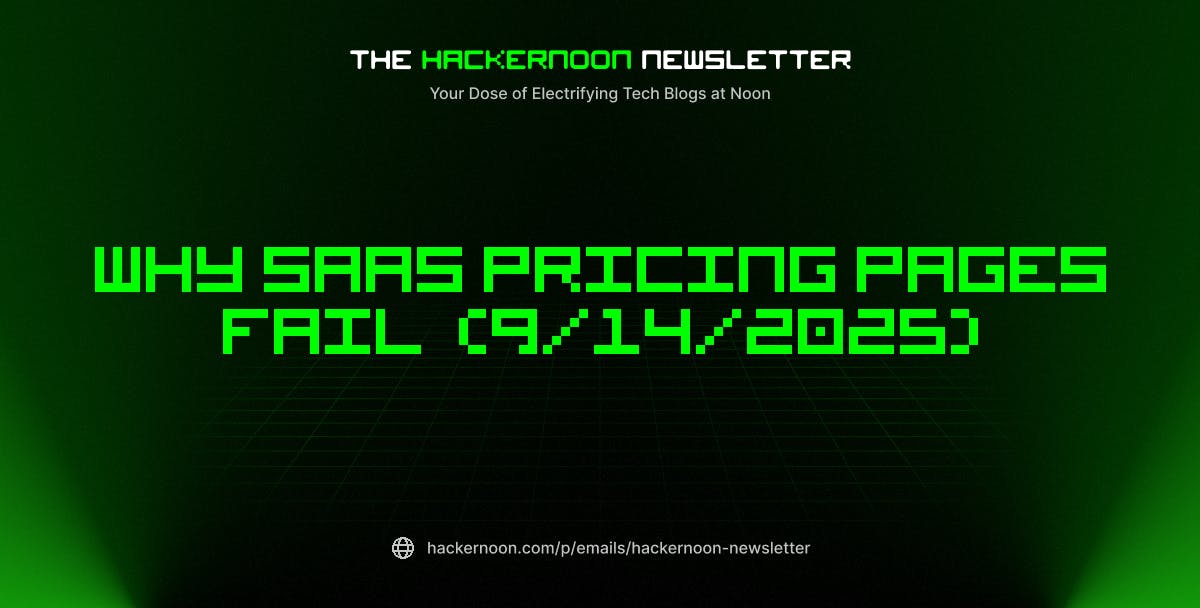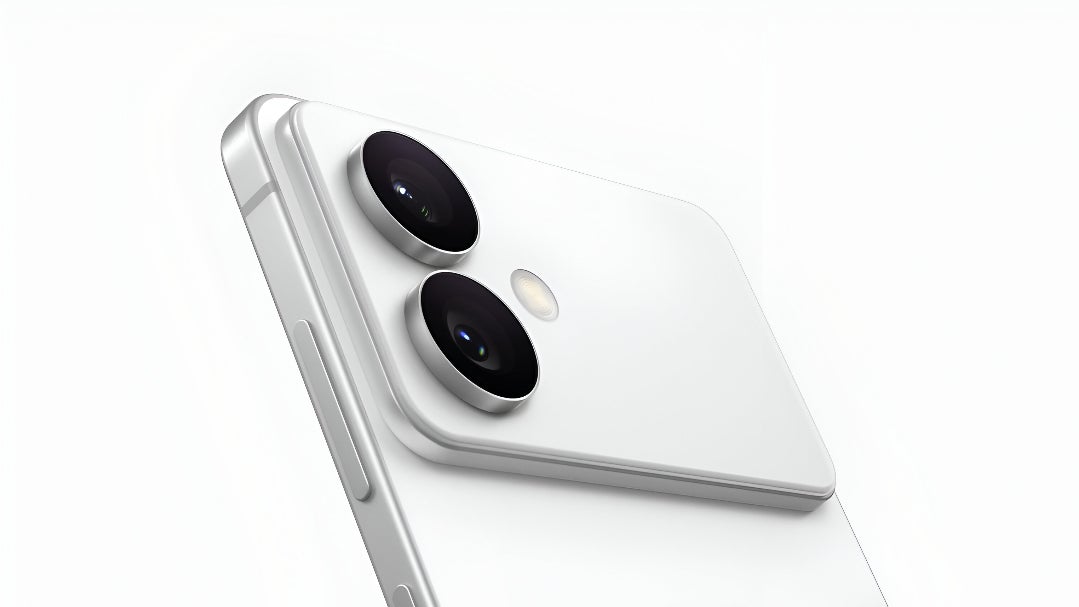Space is a near-perfect vacuum, which means there’s no air to carry smells the way we experience them on Earth. Yet astronauts have reported different smells when returning from their space walks. How is that possible? Additionally, scientists can study celestial bodies and use this information to make educated guesses about what these celestial objects might smell like. The study of space smells is more than just a curiosity. It offers scientists a valuable insight into the chemistry of the universe. Every distinct smell comes from a specific molecule, and by identifying those molecules, researchers can better understand the composition of planets, moons, and interstellar gases and how planets and stars grow and develop.
For example, sulfur compounds suggest volcanic activity, while hydrocarbons point to processes that could be linked to the building blocks of life. Smells also provide clues about surface conditions of planets and moons and their atmospheric reactions. This helps scientists refine models of distant worlds we cannot experience directly. In short, the aromas of space are not just sensory details. They’re a window in planetary science, astrochemistry, and the history of our solar system.
What did astronauts sniff?
Astronauts have consistently reported a distinct, often metallic or acrid odor following their spacewalks and lunar excursions. Upon re-entering the International Space Station and removing their helmets, many describe a scent that reminds them of burnt steak, hot metal, or welding fumes. For example, NASA’s astronaut Don Pettit described it as a “pleasant sweet-smelling welding fumes” that reminded him of his time working with arc welding equipment (via the Australian Academy of Science). Other astronauts have noted similar sensory impressions, including burnt meat, burnt cookies, and spent gunpowder.
During the Apollo missions, lunar module cabins became infused with the smell of spent gunpowder. This was described repeatedly by Apollo 17 astronaut Harrison “Jack” Schmitt, who said, according to Space Insider, “Spent gunpowder smell probably was much more implanted in our memories than other comparable odors.” The same phenomenon was echoed by others. Charles Duke of Apollo 16 remarked (according to Nautilus), “The lunar dust smells like gunpowder.”
Scientists theorize that atomic oxygen in low Earth orbit may adhere to spacesuit materials and, upon repressurization, react with the surrounding air to produce these scents. Ozone or oxidized compounds that evoke metallic aromas may be formed during the repressurization process. Regarding the reported smell of lunar dust, one idea attributes the smell to reactive dangling chemical bonds created by meteoroid impacts. These bonds then react with cabin air to produce the distinct gunpowder aroma astronauts have reported smelling after moonwalks. But the smell fades the longer the moon dust is exposed to oxygen and moisture.
Smelly comets
Thanks to the European Space Agency’s Rosetta mission, scientists gained unprecedented insight into the olfactory — or, rather, molecular — signature of comet 67P/Churyumov-Gerasimenko. Using the Philae probe on the Rosetta spacecraft, Swiss researchers “sniffed” the comet’s coma and detected a surprisingly rich cocktail of volatile compounds. The mission lead, Kathrin Altwegg, described the aroma in the mission blog, “The perfume of 67P/C-G is quite strong, with the odour of rotten eggs (hydrogen sulphide), horse stable (ammonia), and the pungent, suffocating odour of formaldehyde. This is mixed with the faint, bitter, almond-like aroma of hydrogen cyanide. Add some whiff of alcohol (methanol) to this mixture, paired with the vinegar-like aroma of sulphur dioxide and a hint of the sweet aromatic scent of carbon disulphide, and you arrive at the ‘perfume’ of our comet.”
Despite the potent individual scents described, it’s worth noting that these do not appear in great quantity in the comet’s coma (the gas halo that surrounds a comet’s solid nucleus). Instead, the coma is dominated by water vapor, carbon dioxide, and carbon monoxide. These findings that underscore how cometary chemistry gives us a sensory window into the primitive ingredients of our solar system.
Rotten eggs on Mars
Mars, with its thin, carbon dioxide-rich atmosphere and surface dominated by minerals, is thought to emit a distinctive scent, though we cannot directly breathe it to discover it for ourselves. The rovers on Mars and the orbital instruments detected chemical compositions that would suggest Mars smells primarily of gassy sulfur paired with a chalky sweetness. That’s because Martian soil contains an abundance of sulfur, magnesium, iron, chlorine, and various acids, and through piecing together what those individual components smell like, researchers can imagine the smell of Mars. Researchers have not yet detected significant levels of other highly aromatic compounds in their analyses of Martian soil, and their absence leaves the sulfur interpretation as the most plausible.
But even that small bit of knowledge about the smell of Mars might not be completely accurate. Recent observations of Mars by the ExoMars Trace Gas Orbiter showed no clear detection of sulfur-baring gases like carbonyl sulfide, sulfur dioxide, or hydrogen sulfide in the Martian atmosphere, indicating that if these gases are present at all, they exist only in extremely small amounts or in the soil more than the air. This suggests that Mars could potentially smell of rotten eggs, but only subtly. The smell would also probably be localized rather than pervasive.
Titan, the moon made of petroleum
Saturn’s moon Titan is rich in hydrocarbons, molecules made of hydrogen and carbon, such as methane and ethane. These hydrocarbons make up both Titan’s dense orange atmosphere and its surface lakes. These same compounds are present in crude oil and gasoline on Earth, meaning that Titan theoretically has a scent that closely resembles petroleum or gasoline, if you were able to safely sniff it.
Scientists know all this thanks to the data collected during the Cassini-Huygens mission, which confirmed liquid methane and ethane in Titan’s lakes and seas. Interestingly, they also mapped their behavior through spectral analysis. The conclusion is that Titan’s lakes behave very much like Earth’s ones, but with methane and ethane instead of water. The all-familiar evaporation, clouds, and rain cycle is present on Saturn’s moon as well.
It’s important to note that methane on its own is odorless. The gasoline-like smell is tied to the presence of heavier hydrocarbons, like benzene, that have a sweet, aromatic scent of solvents and fuel. So although we can’t actually smell Titan, its chemical makeup suggests that a whiff would likely evoke the familiar tang of petroleum.
The center of the Milky Way is not milky
Deep within the heart of the Milky Way lies a vast molecular cloud called Sagittarius B2, where astronomers have detected a rich array of organic molecules. Among these is ethyl formate, a compound that gives raspberries their familiar flavor and also carries an aroma reminiscent of rum. However, any straightforward scent comparison is misleading. Ethyl formate is just one molecule in a complex chemical mixture, and smelling it alone doesn’t really recreate the true essence of raspberries. Moreover, the molecular cloud is extraordinarily diffuse, which means even if we could somehow smell it, the scent would be far too faint to be detected by our noses.
The detection of ethyl formate came from spectral observation using the IRAM radio telescope, where astronomers sifted through thousands of signals and identified dozens of different molecules. Other compounds found in Sagittarius B2 add further aromatic complexity, such as ethylene glycol, which is used in antifreeze; ethanol, an alcohol that’s used as a fuel source; acetone, the primary ingredient in most nail polish removers; and hydrogen sulfide, which smells of rotten eggs. While it’s poetic to imagine the center of our galaxy smelling like raspberries and rum, the reality is a far more chemically intricate, possibly very unpleasant, and ultimately faint scent that’s beyond human detection.










